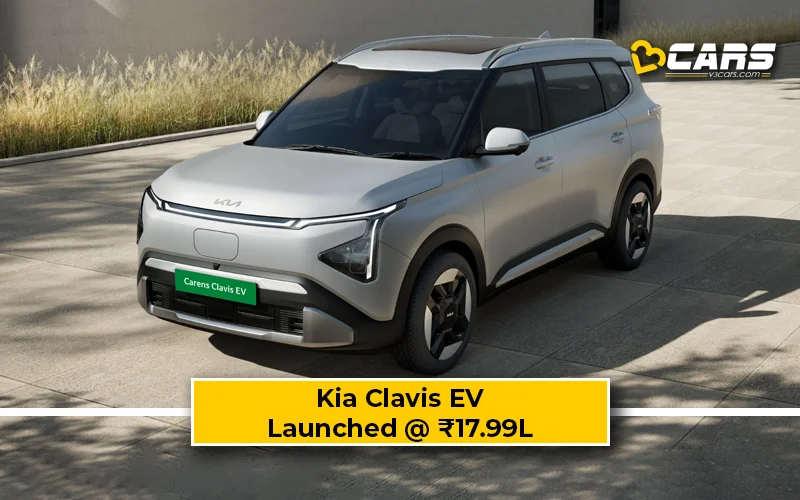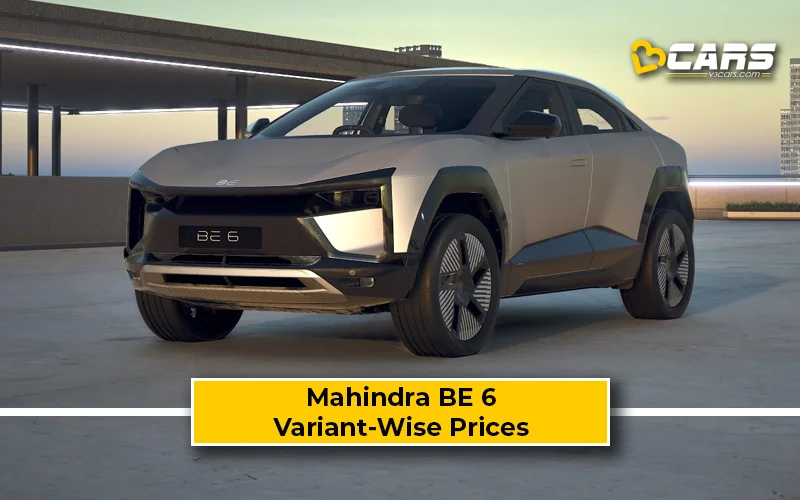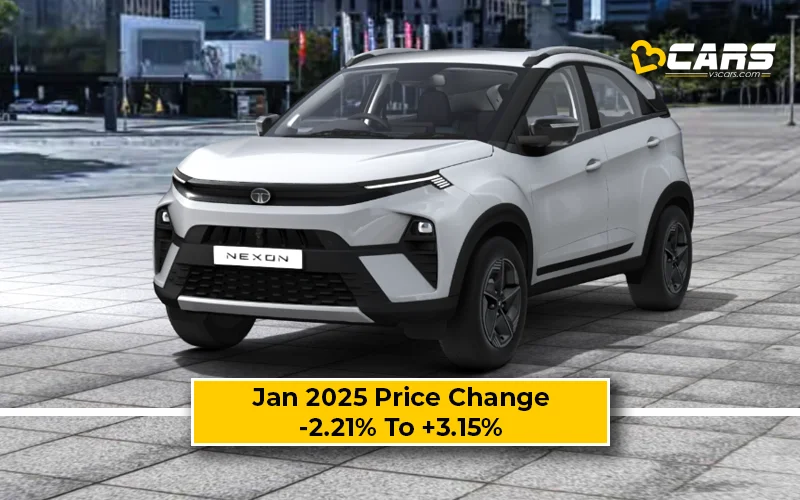CAR NEWS TODAY
VinFast Auto India have officially commenced bookings for the 2025 VF 6 and VF 7 electric SUVs. Interested buyers can now reserve their VinFast EV for a refundable amount of Rs. 21,000 through either the company’s official website, VinFastAuto.in. This move comes ahead of the official...
Latest Car News
The Tesla Model Y has officially launched in India, marking the global EV giant’s entry into the Indian automotive market....
Kia have just revealed the Carens Clavis EV and also announced the ex-showroom prices for the Indian market. The Carens EV is...
Hyundai have introduced the AMT option in the lower S variant of the Aura sedan, making the automatic transmission option...
According to a recent report from Economic Times, JSW are going to increase their stake in the JSW MG Motor India Pvt. Ltd., a...
In this article, we’ll list out the ongoing offers on the Tata Altroz, Tiago, Tigor, Nexon, Harrier and other Tata cars for...
In this article, we’ll list out the ongoing offers on the Hyundai Verna, i20, Grand i10 Nios, Aura and other Hyundai cars...
Toyota Kirloskar Motor have announced 2 significant updates for their hatchback, the 2025 Glanza. These enhancements are aimed at...
Tata Motors have announced a new initiative to further accelerate EV adoption in the country. The company has introduced a...
In this article, we’ll list out the ongoing offers on the Maruti Suzuki Ignis, Baleno, Dzire, Grand Vitara, WagonR and other...
TRENDING CAR NEWS
The 2025 Skoda Kylaq, Skoda’s entry into the competitive B2-SUV segment, has officially launched. Deliveries of...
According to a source with knowledge on the matter, Skoda India are set to introduce a new variant of the 2025 Kylaq....
Kia India have finally revealed the prices of the Syros 2025 and they start at exactly the price we predicted —...
In this article, we’ll estimate the ex-showroom price range of the upcoming eVitara — Maruti’s first...
In this article, we’ll list out the ongoing offers on the Maruti Suzuki Ignis, Baleno, Dzire, Grand Vitara, WagonR...
Skoda Auto India have revealed the variant-wise prices of 2024 Kylaq, their first-ever B2-segment SUV that competes with...
The Mahindra BE 6, first unveiled in November 2024, has created quite a buzz in the electric SUV market. While Mahindra...
In this article, we’ll list out the ongoing offers on the Tata Altroz, Tiago, Tigor, Nexon, Harrier and other Tata...
Maruti Suzuki Brezza SUV is also available through CSD for our men and women in uniform. In this article, we’ll...
Top Car News
The 2025 Skoda Kylaq, Skoda’s entry into the competitive B2-SUV segment, has officially launched. Deliveries of...
In this article, we’ll list out the ongoing offers on the Maruti Suzuki Ignis, Baleno, Dzire, Grand Vitara, WagonR...
Impotant Note (Jan 18, 2025): With the start of the new year, Tata increased the prices of some of their cars. However,...
With the start of the new year, Tata increased the prices of the Nexon 2025. While some of the variants of the Nexon...
According to a source with knowledge on the matter, Skoda India are set to introduce a new variant of the 2025 Kylaq....
In this article, we’ll list out the ongoing offers on the Tata Altroz, Tiago, Tigor, Nexon, Harrier and other Tata...
Kia India have finally revealed the prices of the Syros 2025 and they start at exactly the price we predicted —...
We recently came across a piece of collateral from JSW MG Motor India revealing that they will soon start offering...
We recently learned from an MG car sales representative that besides the price increase JSW MG have also discontinued...























